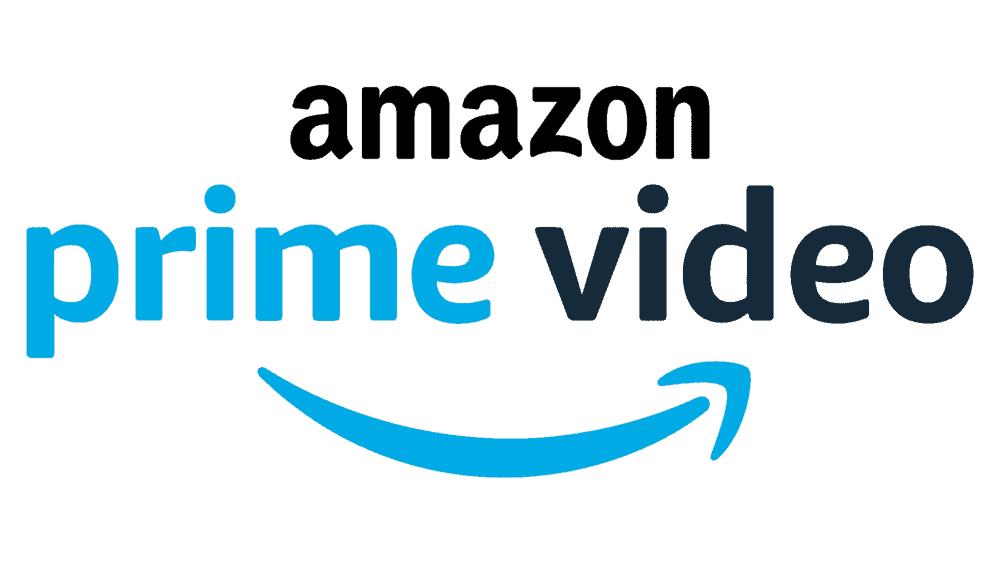
Recently, my dad told me he finally canceled cable TV and tried out streaming services instead. Not long after, he said he’d subscribed to so many that he was back to paying cable prices, so he canceled all his subscriptions. As a cord-cutter, I was disappointed, but could I blame him?
Streaming services can be pricey and are non-essential expenses. This leads to the crux of the issues facing streaming companies: Do they crack down on account sharing and lose some customers, go easy and continue to lose profits, or try to capitalize on the situation? Several streaming services have taken different approaches.
Here’s our guide to the top streaming services’ account-sharing policies, what they say, and what they actually tolerate.
Amazon Prime Video

The Amazon Household feature allows you to add one other adult and four children to your “household.” These accounts must be in the same country or region but don’t have to be at the same address. This allows each member to keep their own Amazon account but share most of the benefits of a Prime membership.
Amazon Prime Video allows streaming to two devices at a time, which along with the Amazon Household feature, has been read by many as tacit acceptance of account sharing. Be aware, however, that adding members to your household includes sharing financial information saved in your Amazon wallet.
Max
HBO’s official terms of service state that profiles under your account are “limited to members of your immediate household.” However, HBO has gained a reputation over the years for rampant account sharing and really doesn’t seem to care that much. In fact, after the site got overloaded by unregistered logins, it even upped their capacity rather than cracked down on users.
Max doesn’t offer a family plan, which means each profile on your account will log in with the same username and password. This has some additional risks when sharing outside your household, but it’s hardly a deterrent. TV shows and movies can also be streamed on three devices at once, which makes simultaneous streaming easier for account sharers. Max also offers some great deals.
Hulu
Hulu is perhaps the strictest streaming service when it comes to account sharing. While it used to take a hard-no approach that only allowed one device and offered no family plans, it has had to soften its stance a little.
Currently, a Hulu account will let you stream on two devices at once, add six profiles, and create a “home network,” which is determined by your home Wi-Fi and only for members of your household. If you’re a Hulu Plus Live TV subscriber, you can remove the limit by paying an extra $9.99 per month for the Unlimited Screens add-on, which only works on your home Wi-Fi network. In practice, many people still share Hulu passwords between households, but the two-device maximum makes it more likely you’ll run into device limits.
Netflix
Top streaming service Netflix has historically and openly accepted and even encouraged account sharing. Its official Twitter account has made jokes on the subject in the past and successfully capitalized on account sharing by charging for tiered plans that allow for one, two, or four streaming devices at a time. But following a mass subscriber exodus in the first quarter of 2022, the streaming giant is starting to take a different approach.
Netflix has promised to crack down on account sharing, and soon. It has already begun testing its new system in Latin America before rolling it out worldwide. For about $3 extra per month, the plan will allow accounts to add up to two sub-accounts for members of separate households. These will have their own login and preferences and can also be transferred to their own account or another sub-account.
The new system is clearly more limited than the current one, which will have its drawbacks for account sharers. Only time will tell if it’ll have the profit payoff that Netflix hopes for.




I would like to change the credit card I pay my Netflix bill on.
Hi Judith, you’ll have to talk to Netflix about this! We’re not affiliated.
account on hold because problem with last payment. But my payment come each month straight from bank. Please repjy . Gloria Ellis
Lol dead gloria😂